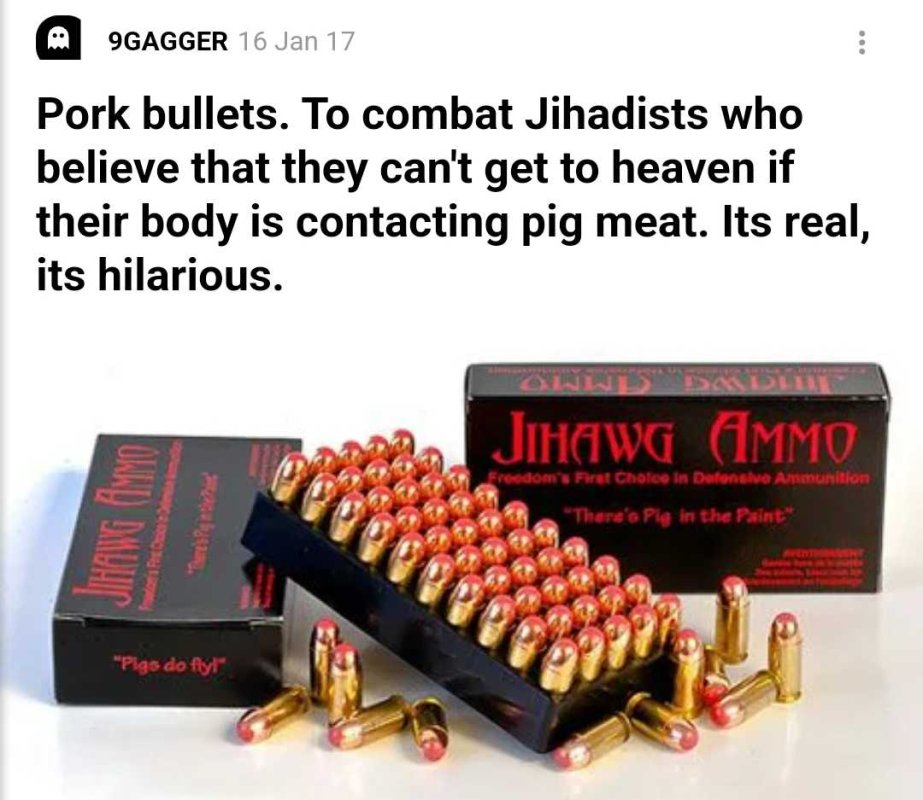looked thru a bunch of different manufacturer's sites for some kind of mid range to start loading these at and have a few questions...first, why do so many of the OAL for the 125gr vary so widely?...ive seen 1.090 all the way up to 1.115...tried a test round @ 1.090 and it seems way too short...looking at the projectile it measures (roughly) to barely fit in the case at 1.13-1.14...grain weight i can start from the minimum and work my way up so i think ive got that handled...
im not independently wealthy, so burning ammo and projectiles to get a base line to start from isnt an option and the manufacturer website gives only vague info as to mid-jacketed loads or mid-level lead of the same weight but no OAL depth...anyone have experience with these so i can get a decent starting point?
im not independently wealthy, so burning ammo and projectiles to get a base line to start from isnt an option and the manufacturer website gives only vague info as to mid-jacketed loads or mid-level lead of the same weight but no OAL depth...anyone have experience with these so i can get a decent starting point?






